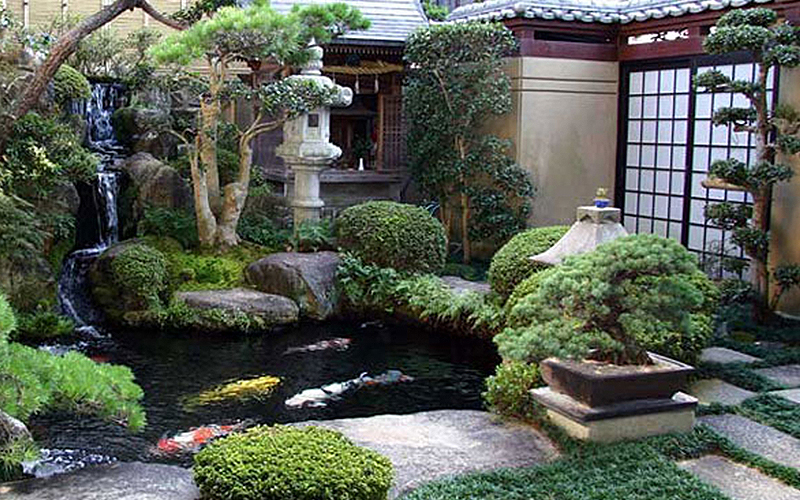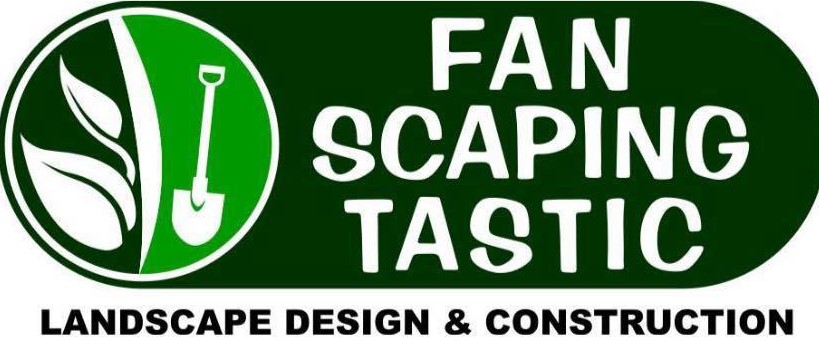
Things to Consider In Your Water Garden Design
How does koi fish swimming along with shallow ponds with colorful rock beds sound? Enchanting, isn’t it? Well, that’s exactly the type of water garden you might be envisioning. Or, you might be thinking of getting a small container water feature.
Either way, there are some basic guidelines you should know about water garden design before stepping foot into the territory. Or, you’ll end up with dead fish in a pond overrun with parasites – because no one told you to plan how you’d care for it.
So, we’re here with the basic water garden design advice. We will cover everything from future maintenance to sizing options. Let’s go!
How much room do you have?
The first thing to consider is whether you have the space to do what you want to do. And if you don’t, are there other options to consider?
Most people think of installing ponds in their backyard when the topic of water garden designs comes up but a good size is about 2 ft. deep (at least). And that’s without counting the additional space a stone shelf, plant shelf and header pool will eat up.
So, think about smaller sized options…
If you don’t have the space to install in-ground ponds, you can check out patio, deck, and feature options. There are tabletop water fountains, wall-mounted fountains/sink, birdbath features, etc. All of these are great options and add the element we all want to have- the sound of the rippling and rushing water. These are also easier to maintain, so it’s less costly.
And you don’t have to give up on a beauty at all! You can add beautiful flowers and plants like water lilies and corkscrew rush in your tub features. Making it a fountain system is a plus.
Consider the area of your placement
One big mistake beginners make is that they forget to account for the water pipes, electrical lines, roots, etc. underground in our backyards.
You also need to think about the weather since you’ll be working with a water ecosystem. Areas with heavy sun exposure do best. And you should avoid installing it in the lowest part of your backyard because that can affect the drainage of the soil around the area.
How deep should your pond be?
There are varying pond sizes, depending on your water garden design idea, backyard space, etc. But like we said earlier, a good pond is at least 2 ft. (or 50cm) deep.
This is important as most water life (which includes plants) requires a specific depth to thrive.
Maintaining your water garden design
Let’s start with ponds since they’re the biggest. commitment.
- Mechanical Filtration
Cleaning the skimmer box and filters are a no-brainer for mechanical filtration maintenance. Empty them then hose them off with some water.
Normally, this is a monthly affair. But the weather also plays a part here. The rain of maple colored leaves in autumn is pleasing to the eye, yet it can become an eyesore real quick when bacteria encroaches and festers. So, you’ll have to check the skimmer boxes weekly sometimes.
- Biological Filtration
Ah! Despite what it sounds like, this is not just in case you have fish. Any form of aquatic life like plants needs caring. One of the ways to keep your underwater plants thriving is by beneficial bacteria. Chemicals like nitrates, nitrites, or ammonia are harmful, so these bacteria feed and decompose them to waste for the plants’ benefit.
Now, how can you do this? You need to provide something that allows the colonization of the bacteria. Usually, mesh bags filled with substances like lava rock do the job, but you have to make sure the water is as clean as possible.
- Overgrowth Management
Overgrowth of plant life is an understated problem, which is a shame because it’s easily preventable. Just get a nice pair of waders and use them to get in the pond then move/cut/thin plants. You don’t even have to do it much- annual cleaning is fine!
As for other water features, you need to replace the water every few days (use algae cleaners and wash any pipes, too). The experts recommend the minimum cleaning to be weekly.
However, with birdbaths, you have to do it every 2-3 days to prevent dirt build-up. It’s also essential to rub the sink down with 9/10th vinegar and 1/10th water mixture. Too many chemicals can affect bird feathers.
Another thing about wildlife…
Water gardens attract wildlife like moths to a flame, as you’re introducing a natural ecosystem for them to thrive. You will probably already expect birds for birdbaths, but you should expect them for your ponds, fountains, etc. too!
Not only birds but frogs and insects may find their way to your pond. You can also introduce them yourself, like koi fish or turtles. One of the benefits of adding a fish pond is that it’s a natural prevention against pesky mosquitoes. Mosquito larvae are their favorite snacks!
You have to keep these things in mind when doing research and checking out stores. For example, a problem with natural water ponds is that parasites fester in them. It makes wild harvesting (the process of adding native plants to ponds) a risky task. Isolating any plants you pick out from natural ponds is a must before introducing them to your fish’s water.
Conclusion
The water garden design process includes hundreds of variables, some of which are: the size of the installation area, the placement, the desirable outcome with both aesthetics and feasibility in mind.
Then, you have to consider the future you are committing to. Sure, it’ll be amazing to wake up to the sound of birds chirping and a trickling waterfall! But like you would have done with a pet, you have to take care of the wildlife you are welcoming in your home.
That’s why it’s necessary to have a glimpse of these variables as you search for the best garden designs for you.
Hopefully, our article could be that guiding beacon! If you want to know more about the benefits of adding a water element to your landscape, click here.


Recent Comments